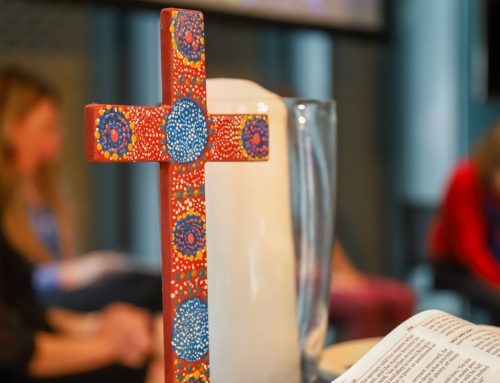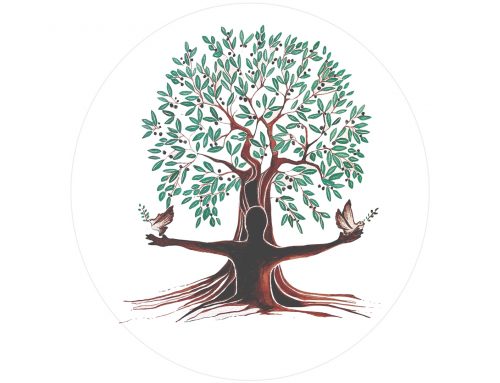Through the turbulent trials of the Easter story we are brought through the harrowing story of Jesus’ betrayal, his trial, execution, finally arriving on the other side with his resurrection. It’s a story that we tell over and over again. We reenact it in our liturgies and our traditions. It’s a part of what makes us a pilgrim people, following in the footsteps of Jesus and of those who have formed our tradition since it’s inception.
Easter has passed, the celebration and commemoration has ended. Now what? Is it enough to simply go through the motions each year? Do we do this because we feel a sense of obligation to each other to keep telling the story? Or is there something more? Our founding document, the Basis of Union reminds us that we live between the time of the crucifixion and the ‘final consummation of all things’. We live in anticipation. But what does that mean? How do we live out our faith in this ‘between time’?
Eugene Peterson in his short pamphlet Living the Resurrection points out that the church is very good at ‘starting’ faith (eg. baptisms, conversions, weddings, and so on) and endings (eg. Funerals), but not so good at providing the structure for continuing spiritual formation in between these times. How we live the post-resurrection life is something we have to work out, and as spirituality has become increasingly a private concern, something we have to figure out for ourselves.
Our faith doesn’t provide us with the clear answers about the ‘how’; sometimes we get it right, but a lot of the time we don’t. Jesus, however, gives us one big clue in John’s Gospel. Jesus tells his disciples that he does not leave them as orphans, and that the Spirit of Truth will be with those who continue to follow him (John 14:16-18). Again, exactly how we ‘harness’ (for want of a better word) the power of the Holy Spirit is not something Jesus spells out. We only know that the Spirit is ‘with’ us, advocating for us, comforting us.
Eugene Peterson’s pamphlet provides some additional thoughts on what a post resurrection faith might look like. He examines the resurrection accounts of the four Gospels and describes what he calls the five elements of surprise. Space will not provide a full description but he summarises them as an ‘atmosphere of wonder’; a foreign concept to our highly rationalistic world. So how do we maintain that sense of awe and wonder in such a world? Peterson suggests the continued practice of Sabbath observation, of keeping a day sanctified, for detaching from the world, for quiet reflection, of ‘studied and vowed resistance to doing anything…to see and respond to who God is and what he is doing’. Secondly he suggests a shift in viewpoint, from seeing our workplace as an ends in itself, as inherently good, but not as the goal itself. We tend to leave God at the door, or at best, to call upon when things go wrong. For Peterson, God comes with us into the workplace, and works with us and alongside us.
Eugene Peterson’s thoughts on what a post-resurrection faith is might not resonate with everyone. But what about you? How do you maintain that sense of awe and wonder in your week? How do you make sure that your faith is something that is living and not simply waiting ‘in between’ times? Between resurrection and the final consummation of all things, between this Easter and the next, or between this Sunday and the next? What practices help you to move your faith into action beyond words and into our world?
Peter Blair,
Olive Way Pastor
(This reflection appears in the April 2024 Olive Branch)






Leave A Comment